
The Relationship Between Severe Mental Disorders and Recidivism in a Sample of Women Released from Prison.
Published:
| Author: Erin A. King, Stephen Tripodi, Christopher Veeh
Women are one of the fastest growing sectors of the prison population, and have different pathways into prison and differing needs during the reentry process when compared to men. Women report higher levels of mental health problems overall, and report more severe symptomatology. The current study focuses on the role of severe mental disorders (SMDs) for 2,311 women released from prison and how SMDs relate to recidivism. Women diagnosed with SMDs were 16% more likely to have recidivated at eight years post-release compared with women who were not diagnosed with an SMD (p < .05).
Category: Reentry, Recidivism, Mental Health, Incarcerated Women
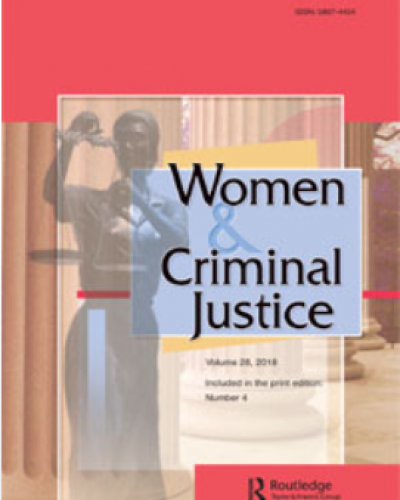
The Relationship Between Interpersonal Victimization and Women’s Criminal Sentencing: A Latent Class Analysis
Published:
| Author: Stephanie Kennedy, Annelise M. Mennicke, Megan Feely, Stephen Tripodi
Latent class analysis was used to identify subgroups of incarcerated women differentiated by experiences of child abuse and intimate partner violence victimization. Four classes were extracted—Low Victimization, Child Abuse, Lifetime Physical and Psychological Abuse, and Lifetime Sexual Abuse; classes were then related to current sentence length, holding criminological predictors constant. Women in the Child Abuse and Lifetime Sexual Abuse classes had significantly longer sentences, despite the lack of significant between-class differences on criminological predictors.
Category: Incarcerated Women, Trauma, Sentencing
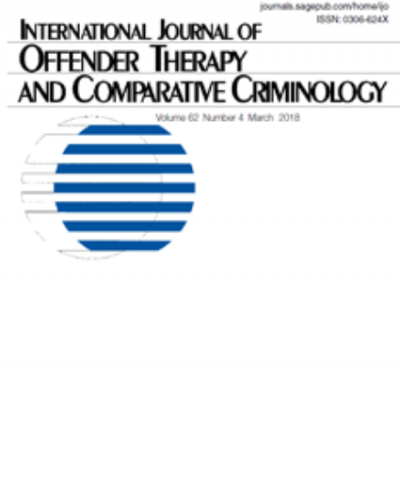
Incarcerated Women’s Experiences and Perceptions of Participating in Research
Published:
| Author: Lisa Schelbe, Amanda Hardwick, Ashley N. Wilfong, Cynthia E. Hanifin, Stephen Tripodi, Carrie Pettus-Davis
The research process within prisons has largely considered researchers’ perspectives. Only one known study explicitly examined incarcerated persons’ perceptions and no known studies have explored incarcerated persons’ experiences with research on sensitive topics. This study examines incarcerated women’s experiences with participating in research on victimization. A thematic analysis was conducted on responses to open-ended questions about participating in a research study from 227 women in two prisons who participated in a study about victimization.
Category: Incarcerated Women, Trauma

Evaluating Seeking Safety for Women in Prison: A Randomized Controlled Trial
Published:
| Author: Stephen Tripodi, Annelise M. Mennicke, Susan McCarter, Katie Ropes Berry
This study assessed the effectiveness of Seeking Safety on depression and post-traumatic stress disorder (PTSD) with incarcerated women.
Category: Incarcerated Women
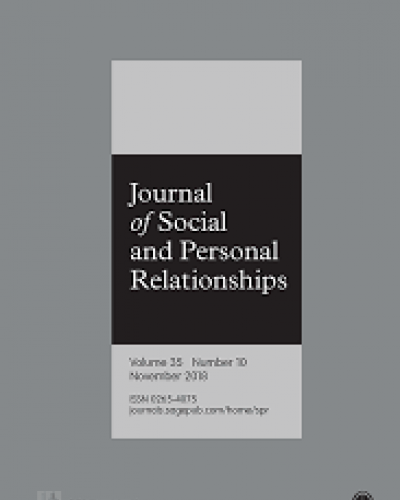
Gender differences in experiences of social support among men and women releasing from prison
Published:
| Author: Carrie Pettus-Davis, Christopher Veeh, Maxine Davis, Stephen Tripodi
Positive social support is critically important to postprison well-being outcomes. However, researchers and program developers are still trying to understand how to best promote stable and sustainable social support for formerly incarcerated individuals during reentry to the community. We sought to add to the body of knowledge on social support and prisoner reentry by comparing men and women releasing from prison on the quality (e.g., positive or negative) and amount of informal social support.
Category: Reentry, Incarcerated Women, Gender Differences
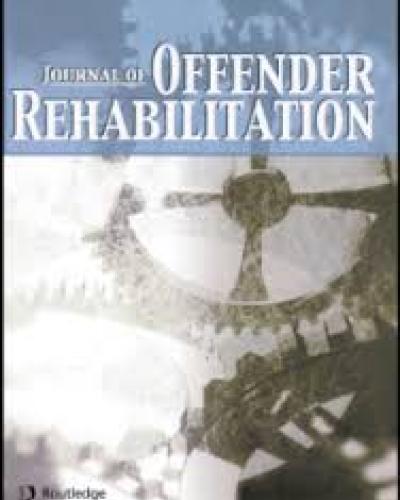
Assessing Attitude and Reincarceration Outcomes Associated With In-Prison Domestic Violence Treatment Program Completion
Published:
| Author: Annelise M. Mennicke, Stephen Tripodi, Christopher Veeh, Dina Wilke, Stephanie Kennedy
Studies indicate that as many as 30%–56% of incarcerated men have perpetrated domestic violence, and that factors related to domestic violence perpetration are associated with long-term recidivism after release. The current study evaluates the effectiveness of an in-prison domestic violence treatment program called STOP and Change Direction to increase positive attitudes toward women, decrease levels of criminal thinking, and reduce general recidivism rates for program completers.
Category: Trauma, In-Prison Intervention
Examining Dose–Response Relationships Between Childhood Victimization, Depression, Symptoms of Psychosis, and Substance Misuse for Incarcerated Women
Published:
| Author: Stephanie Kennedy, Stephen Tripodi, Carrie Pettus-Davis, Jaime Ayers
The current study uses the dose–response model to examine the relationships between childhood victimization events and subsequent depression, symptoms of psychosis, and substance misuse in a sample of 230 randomly selected incarcerated women in the United States. Results on the frequency of victimization were mixed. In this sample, both frequency of physical abuse and frequency of sexual abuse significantly predicted current symptoms of psychosis, but only frequency of physical abuse significantly predicted substance misuse.
Category: Trauma, Mental Health, Substance Use

Emphasis on Rehabilitation: From Inmates to Employees
Published:
| Author: Stephen Tripodi
There is evidence that over the past few years, there is a paradigm shift occurring regarding correctional rehabilitation. Paradigm shifts represent a shift in the basic assumptions that guide our thoughts and behaviors. Since the end of rehabilitative ideals in the 1970s, the focus has been to be “tough on crime” by having long-term incarceration and very little rehabilitative programming. This era of mass incarceration has not led to the positive outcomes we desire, such as lowered recidivism rates.
Category: Rehabilitation
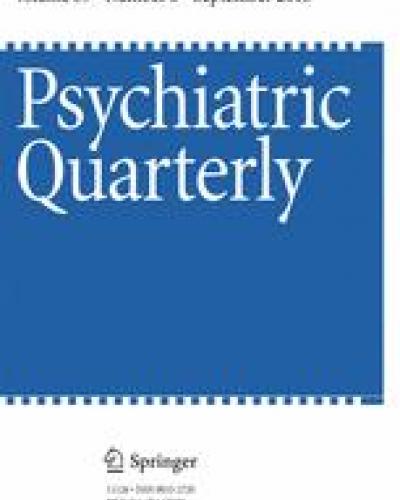
The relationship between childhood abuse and psychosis for women prisoners: Assessing the importance of frequency and type of victimization.
Published:
| Author: Stephanie Kennedy, Stephen Tripodi, Carrie Pettus-Davis
This study examines the relationship between childhood victimization and self-reported current symptoms of psychosis in an incarcerated female population in the United States. Participants are 159 randomly selected women incarcerated in two North Carolina state prisons. Participants completed a battery of self-report measures to assess childhood victimization and current and lifetime experience of audio/visual hallucinations and delusions.
Category: Trauma, Mental Health, Incarcerated Women
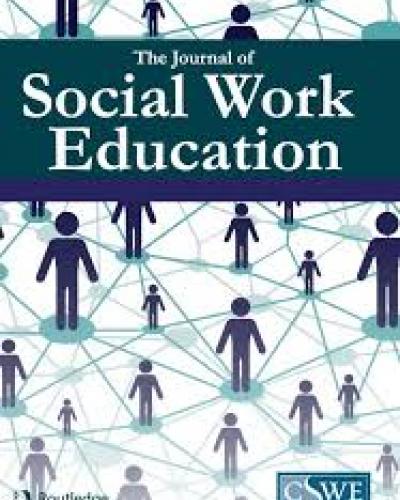
To What Extent Is Criminal Justice Content Specifically Addressed in MSW Programs?
Published:
| Author: Matthew Epperson, Leslie Roberts, Andre Ivanoff, Stephen Tripodi, Christy Gilmer
This study examined the extent to which criminal justice content is addressed in all CSWE-accredited MSW programs in the United States (N = 192). Criminal justice content was measured in three areas: (1) dual or joint degree programs, (2) concentrations or specializations, and (3) coursework. Excluding social work and law classes, 22% of all MSW programs offered a course specific to criminal justice. Nine programs (5%) offered a concentration or specialization in criminal justice. Only 1% of MSW programs offered all three areas of criminal justice content.
Category: Criminal Justice System
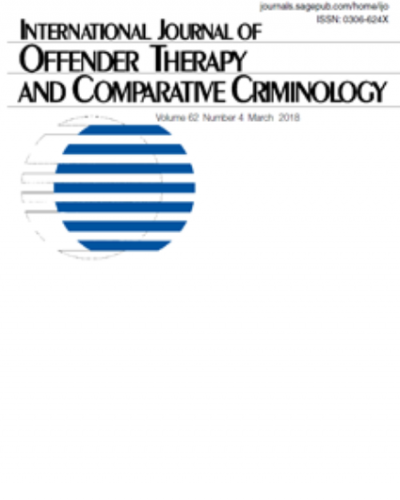
Nonfatal Suicidal Behavior Among Women Prisoners: The Predictive Roles of Childhood Victimization, Childhood Neglect, and Childhood Positive Support
Published:
| Author: Stephen Tripodi, Eyitayo Onifade, Carrie Pettus-Davis
Women entering prison report high rates of childhood victimization. Women in prison also report higher rates of nonfatal suicidal behavior (self-reported suicide attempts) than women in the general population and similar rates to their male counterparts despite having significantly lower suicide rates than males in the general population. Yet, there is a dearth of research that addresses the relationship between childhood victimization and suicidality for women prisoners in the United States.
Category: Trauma, Social Support, Mental Health, Incarcerated Women

Effects of personality disorder and impulsivity on emotional adaptations in prison among women offenders.
Published:
| Author: Senik Mahmood, Stephen Tripodi, Michael Vaughn, Kimberly Bender, Rachel Schwartz
The present study sought to better understand the influence of personality disorders and impulsivity on women's ability to adapt to incarceration. We analyzed the influence of personality disorders as screened with the structured clinical interview for personality disorders, and impulsivity as assessed with the Barratt impulsivity scale on depression and anxiety, sleeping problems, and feeling afraid of being attacked in prison among a large sample of women incarcerated in a Virginia prison.
Category: Mental Health, Incarcerated Women
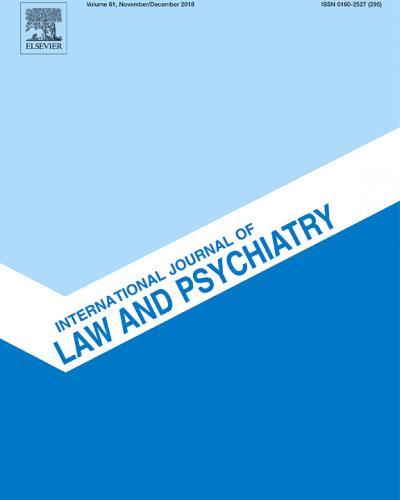
Histories of childhood victimization and subsequent mental health problems, substance use, and sexual victimization for a sample of incarcerated women in the US.
Published:
| Author: Stephen Tripodi, Carrie Pettus-Davis
Women are entering US prisons at nearly double the rate of men and are the fastest growing prison population. Current extant literature focuses on the prevalence of the incarceration of women, but few studies exist that emphasize the different trajectories to prison. For example, women prisoners have greater experiences of prior victimization, more reports of mental illness, and higher rates of illicit substance use.
Category: Incarcerated Women, Trauma, Mental Health, Substance Use

Effects of Correctional-Based Programs for Female Inmates: A Systematic Review
Published:
| Author: Stephen Tripodi, Sarah E. Bledsoe, Johnny S. Kim, Kimberly Bender
Objective: To examine the effectiveness of interventions for incarcerated women. Method: The researchers use a two-model system: the risk-reduction model for studies analyzing interventions to reduce recidivism rates, and the enhancement model for studies that target psychological and physical well-being. Results: Incarcerated women who participate in substance abuse interventions appear less likely to reoffend than those who do not participate. Enhancement model studies report mixed results.
Category: Incarcerated Women, In-Prison Intervention
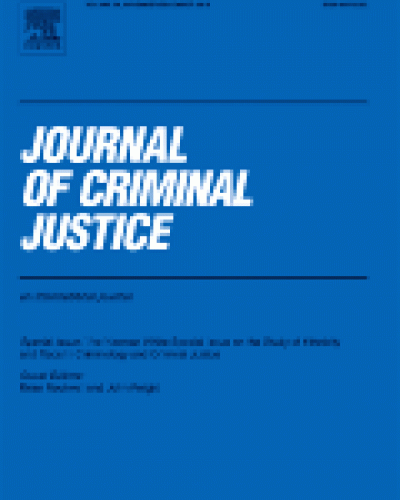
Substance Abuse Treatment for Juvenile Offenders: A Review of Quasi-Experimental and Experimental Research
Published:
| Author: Stephen Tripodi, Kimberly Bender
This paper presents the results of a systematic review of the research literature to assess the effectiveness of substance abuse treatment programs for alcohol and marijuana use by juvenile offenders. The literature and database search generated five experimental or quasi-experimental studies that assessed alcohol outcomes for juvenile offenders and five experimental or quasi-experimental studies that assessed marijuana outcomes for juvenile offenders. Implications for future research are discussed.

